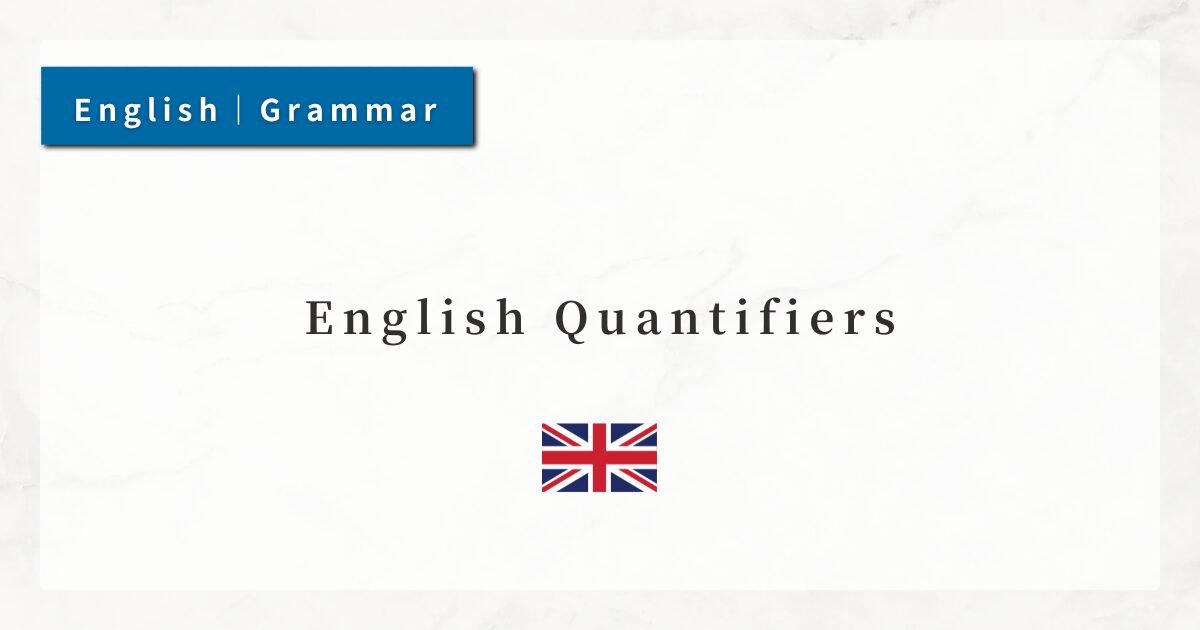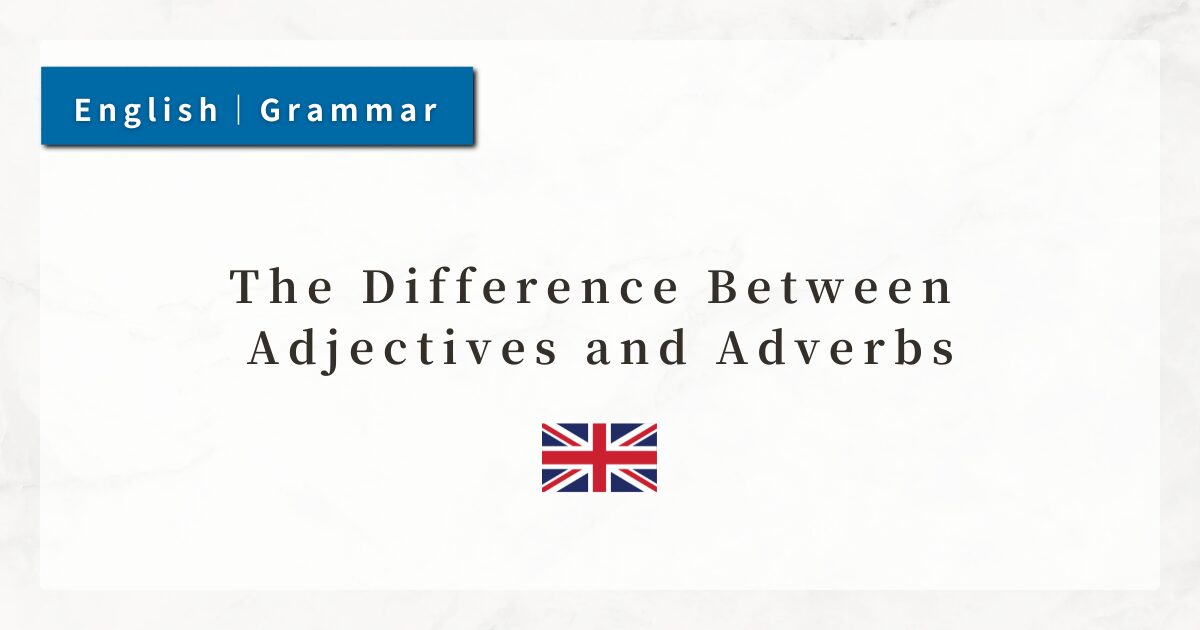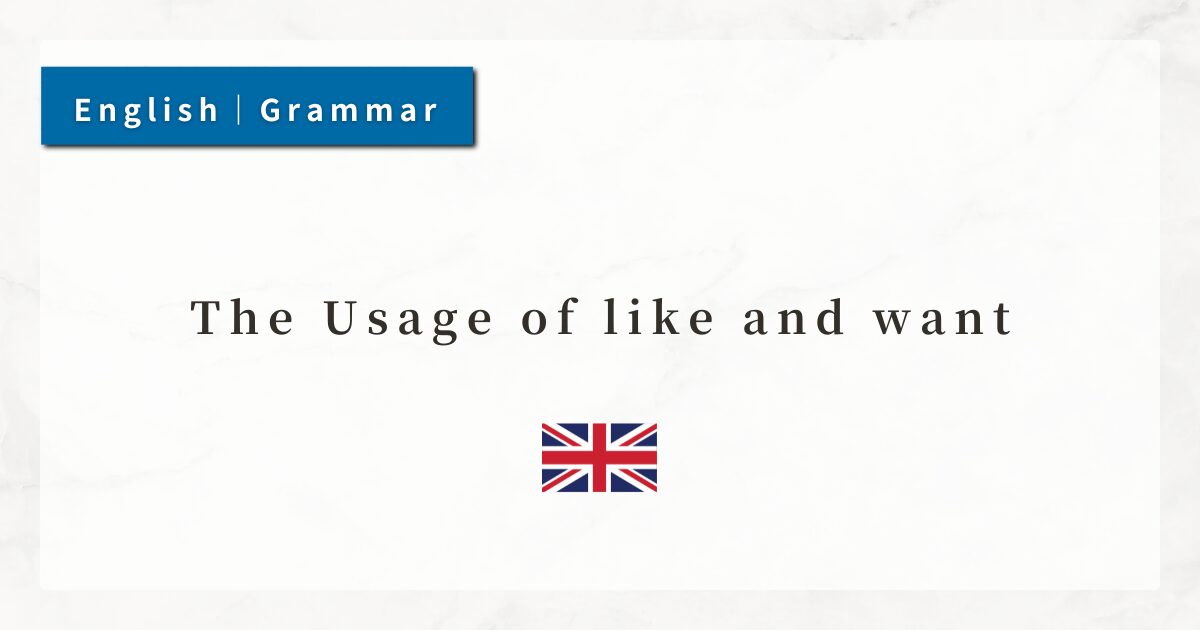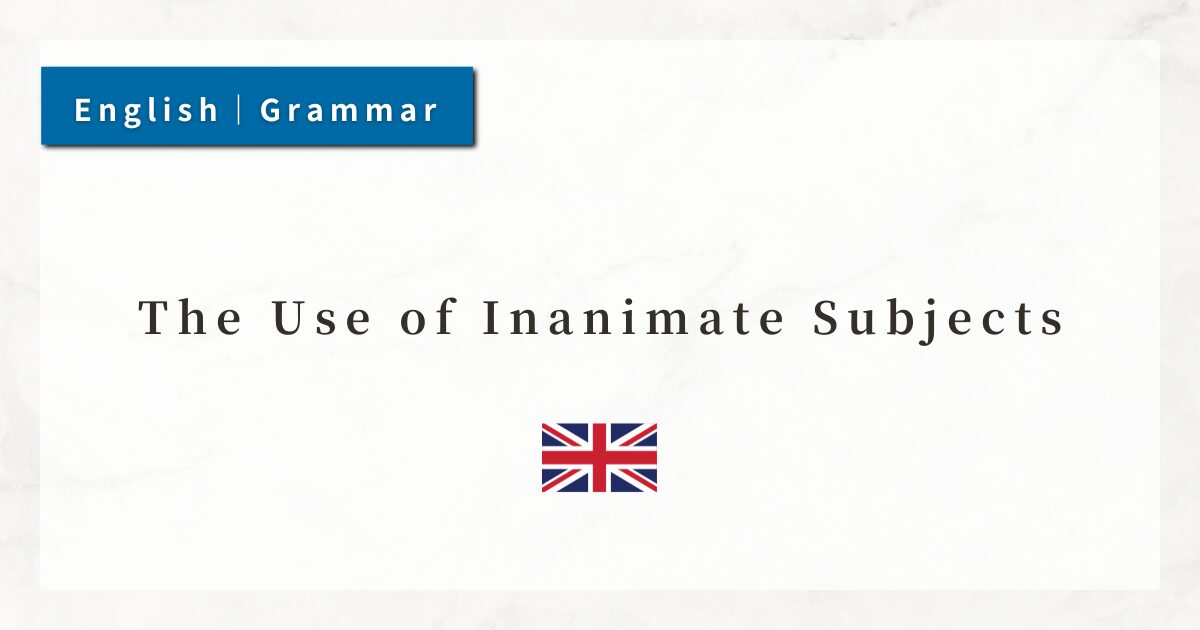#31 English Quantifiers|Usage of a few / a little / few / little

In English, when I want to express “a small amount” or “almost none,” I use a few, a little, few, and little.
These expressions are similar and often confusing, but their meanings differ depending on the type of noun (countable or uncountable) and the nuance (positive or negative).
In this lesson, I will explain in detail the meanings and usage of the four expressions: a few, a little, few, and little.
1. Basic Rules of Quantifiers
First, let me review the difference between countable nouns and uncountable nouns:
- Countable nouns:
nouns that can be counted as 1, 2, 3… - Uncountable nouns:
nouns that cannot be expressed in numbers, such as liquids or abstract concepts
With this rule in mind, we can distinguish a few, a little, few, and little as follows:
| Expression | Type of Noun | Meaning | Nuance |
|---|---|---|---|
| a few | Countable nouns | A small number (some exist) | Positive |
| few | Countable nouns | Hardly any | Negative |
| a little | Uncountable nouns | A small amount (some exist) | Positive |
| little | Uncountable nouns | Hardly any | Negative |
“a few / few” are used with countable nouns, while “a little / little” are used with uncountable nouns.
2. a few vs. few (Countable Nouns)
2-1. a few: Some exist (Positive)
- I have a few friends in New York.
“a few” suggests a positive nuance: “not many, but enough” or “a small number, but they exist.”
2-2. few: Hardly any (Negative)
- I have few friends in New York.
“few” has a negative nuance, meaning “not enough” or “insufficient in number.”
3. a little vs. little (Uncountable Nouns)
3-1. a little: Some exist (Positive)
- There is a little milk in the fridge.
“a little” means “a small amount, but enough for the purpose.” It conveys a positive nuance: “still usable.”
3-2. little: Hardly any (Negative)
- There is little milk in the fridge.
“little” carries a negative nuance, meaning “almost none” or “not enough.”
The presence or absence of a makes the difference between “some” (a little) and “almost none” (little).
4. Comparing Meanings in Context
Even with the same word, adding or omitting a can change the meaning significantly.
a little / little
- He has a little money.
→ He has enough to get by. - He has little money.
→ He is struggling financially.
a few / few
- She has a few books.
→ She has enough to read. - She has few books.
→ She has almost nothing to read.
In summary: with “a ”= positive nuance (“there is some”); without “a ” = negative nuance (“hardly any”).
5. Summary
- a few (countable nouns): A small number, positive nuance.
- few (countable nouns): Hardly any, negative nuance.
- a little (uncountable nouns): A small amount, positive nuance.
- little (uncountable nouns): Hardly any, negative nuance.
- The key point: “a ”makes the meaning positive (“some exist”), while without “a ”, the nuance becomes negative (“almost none”).




